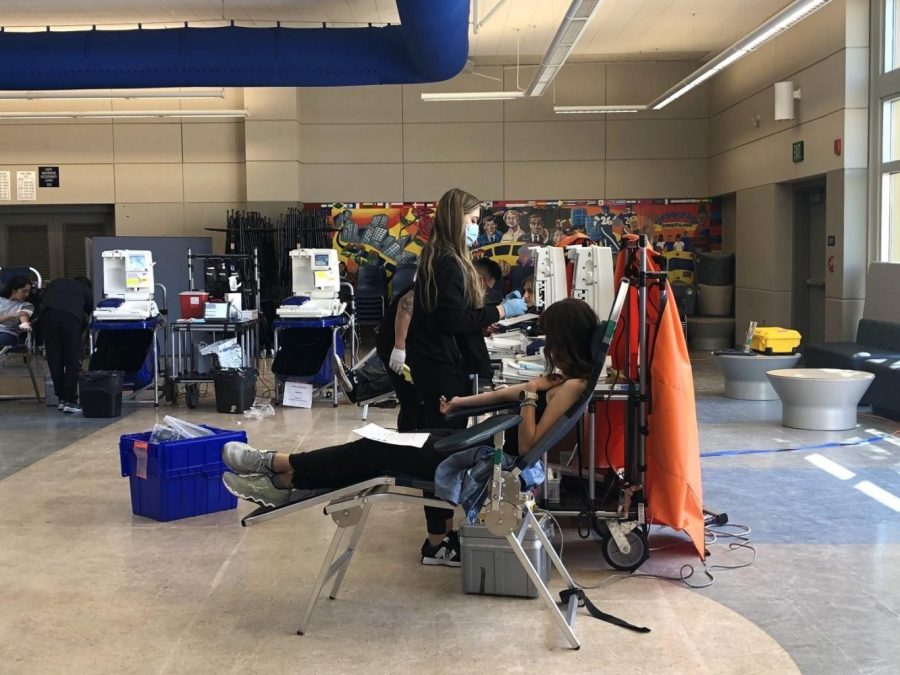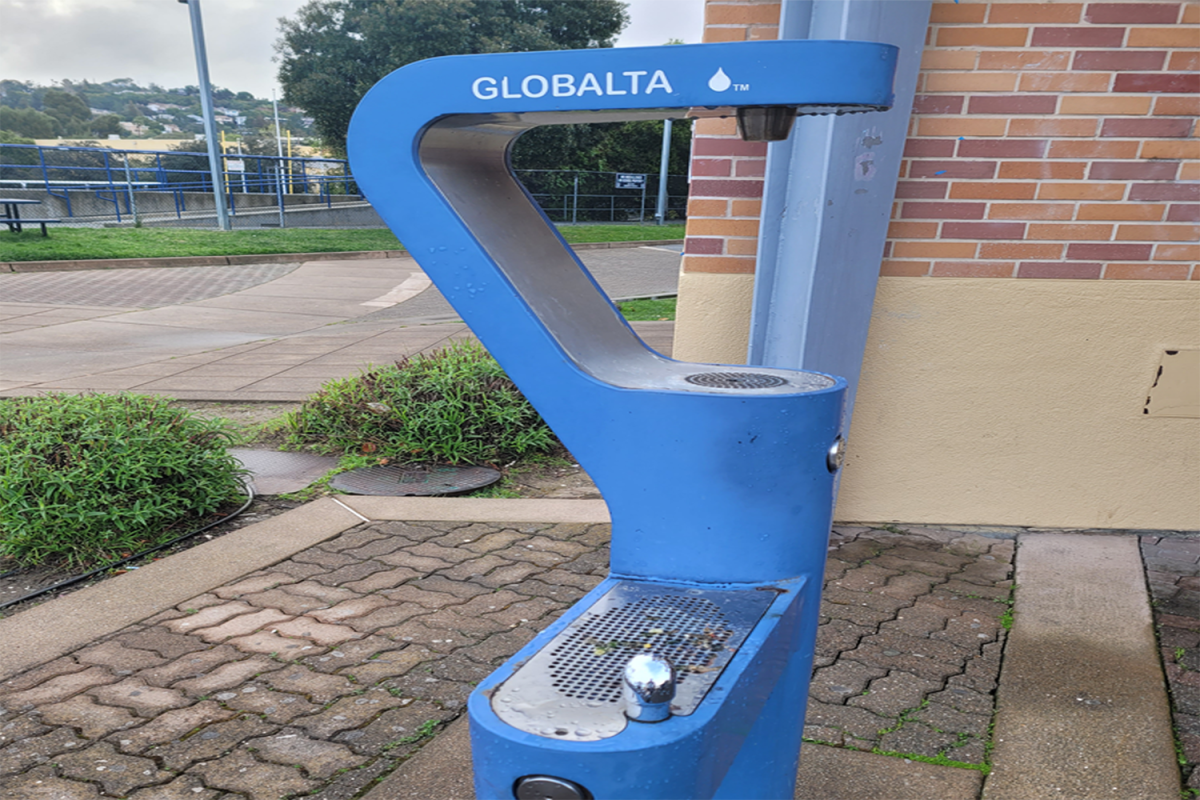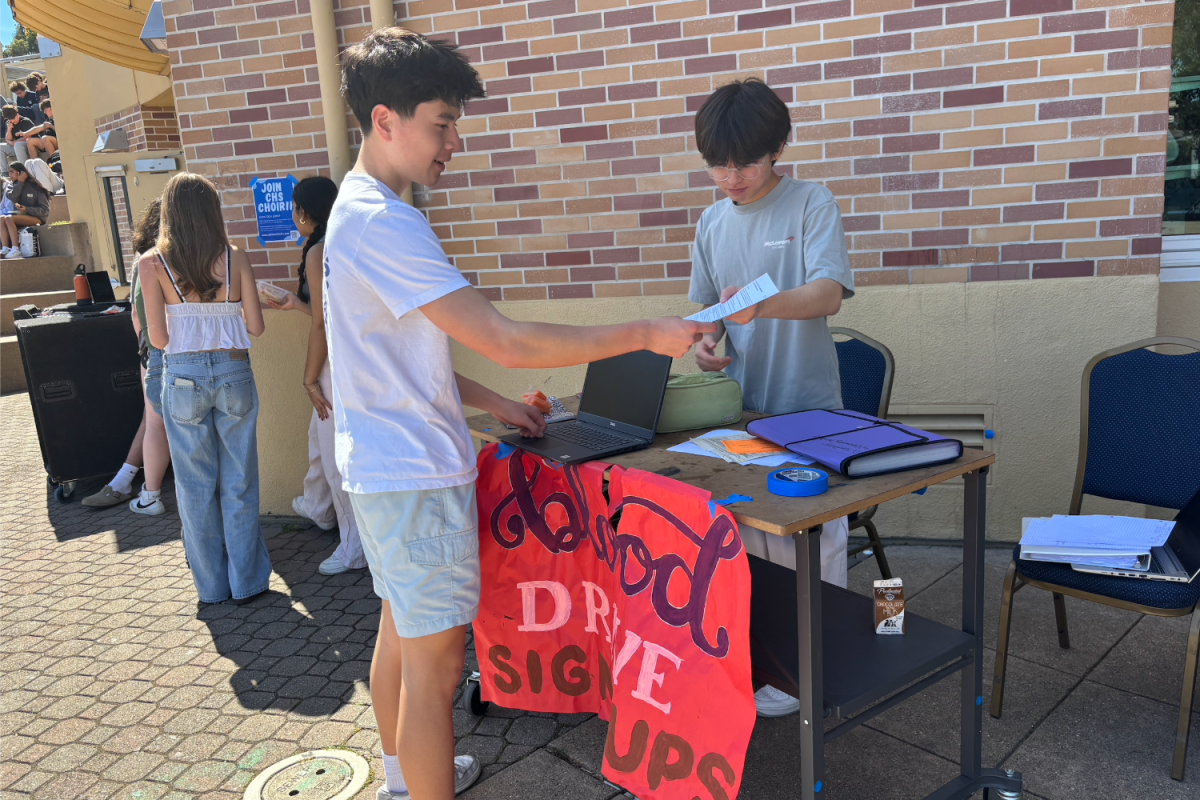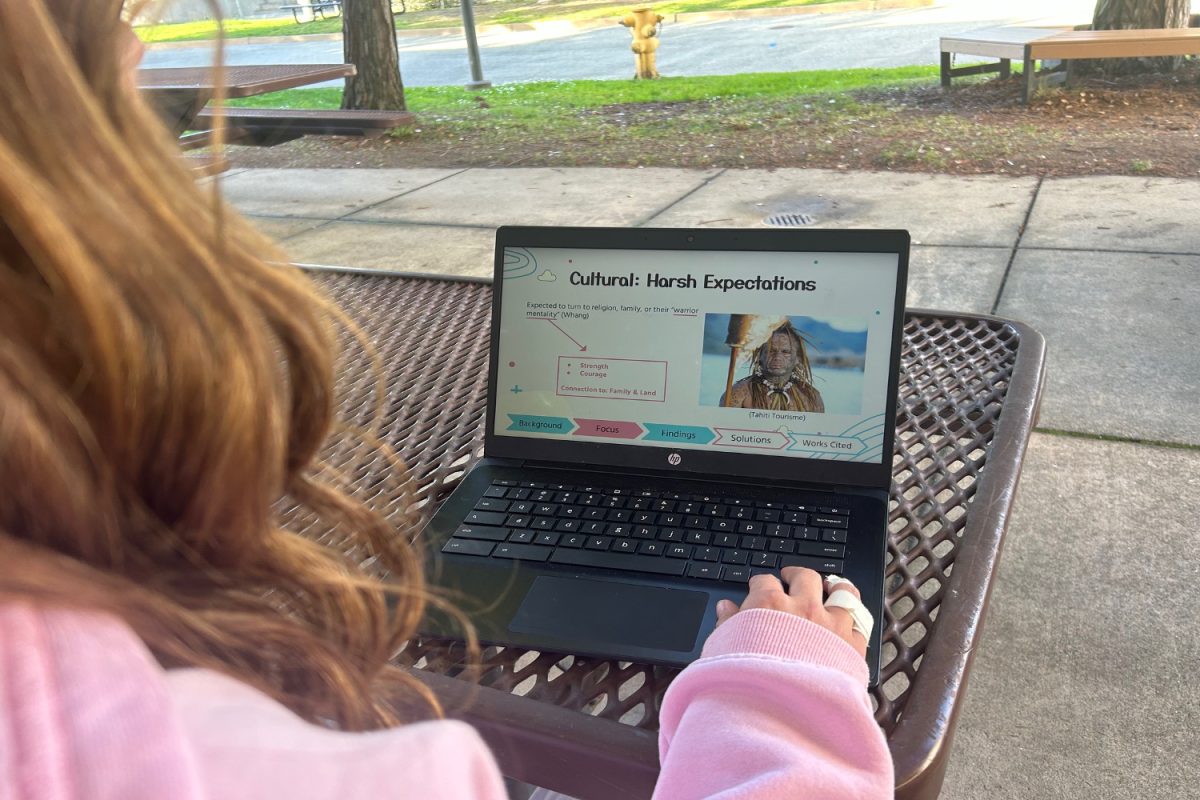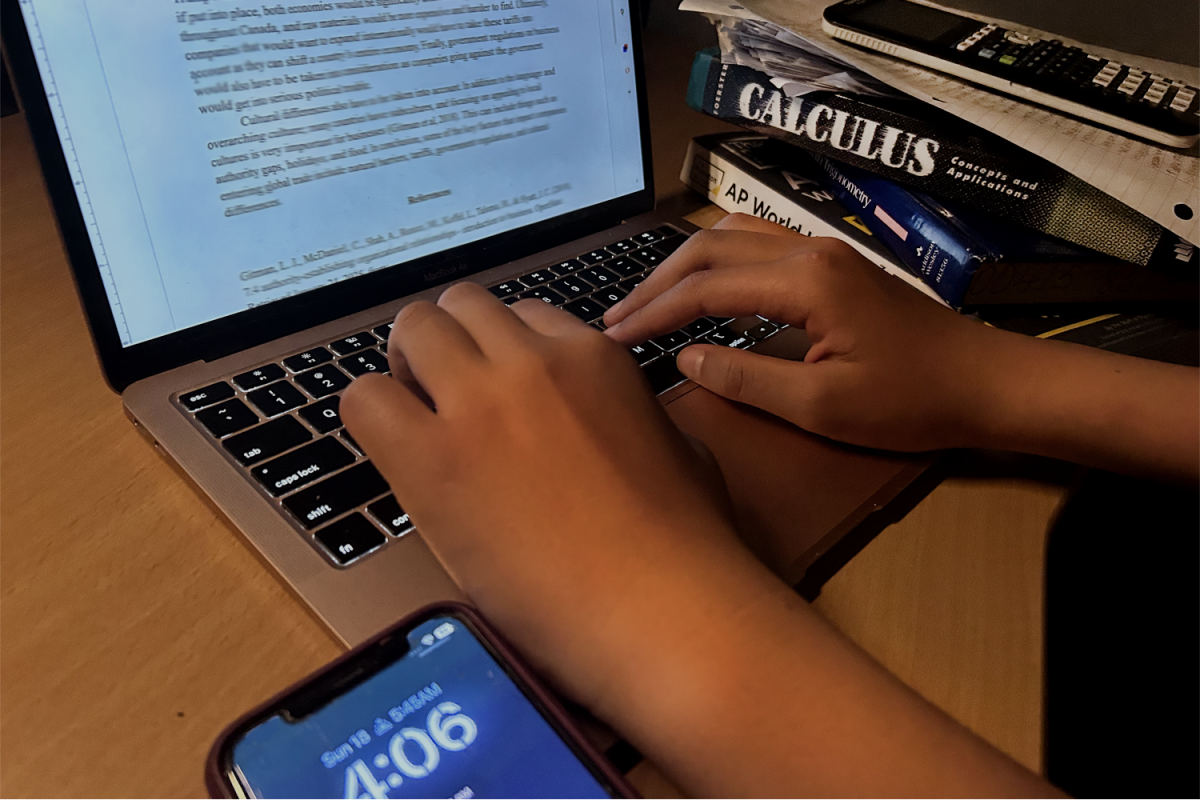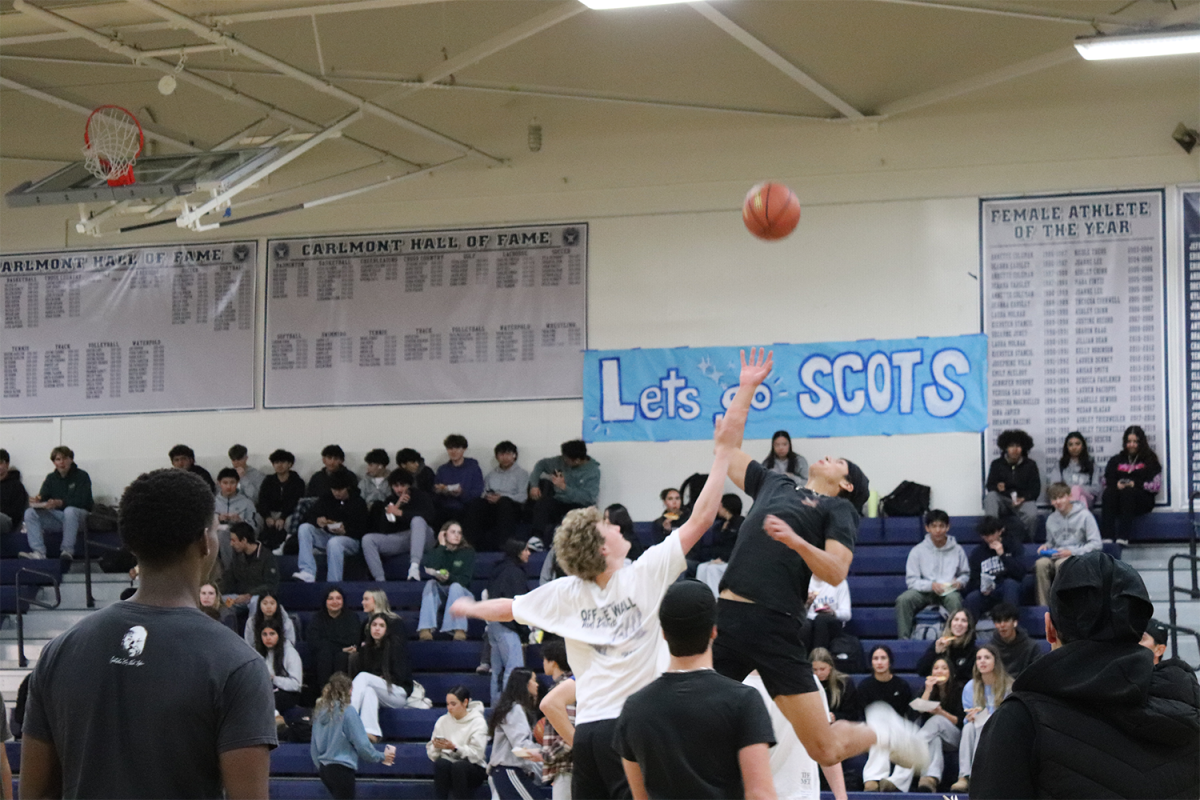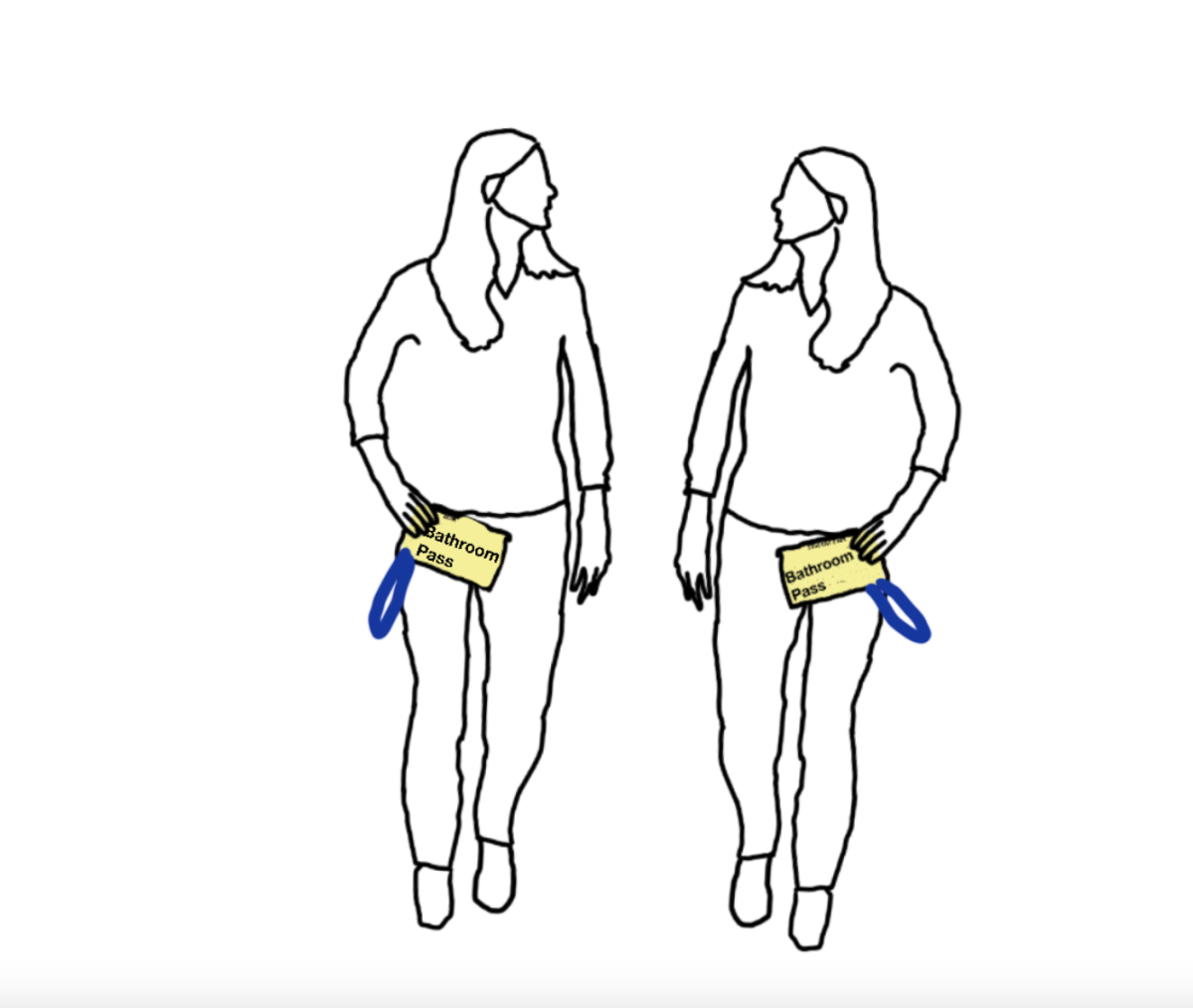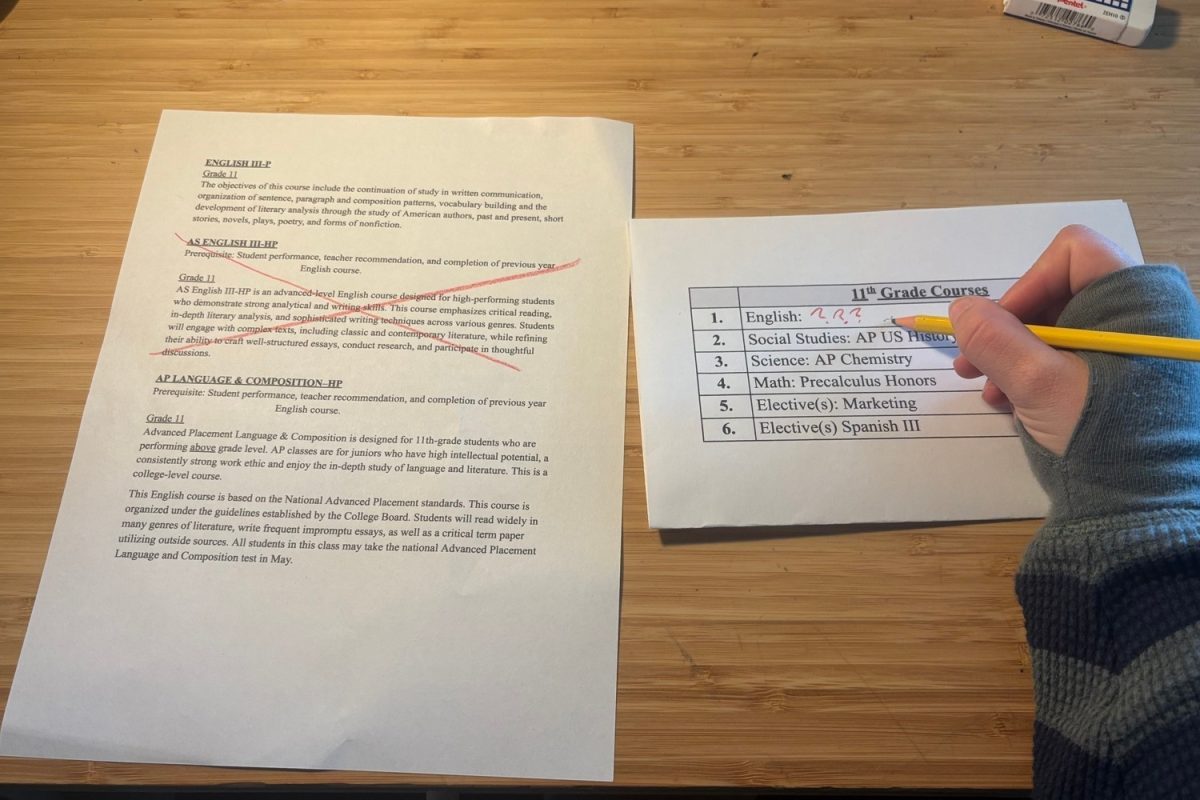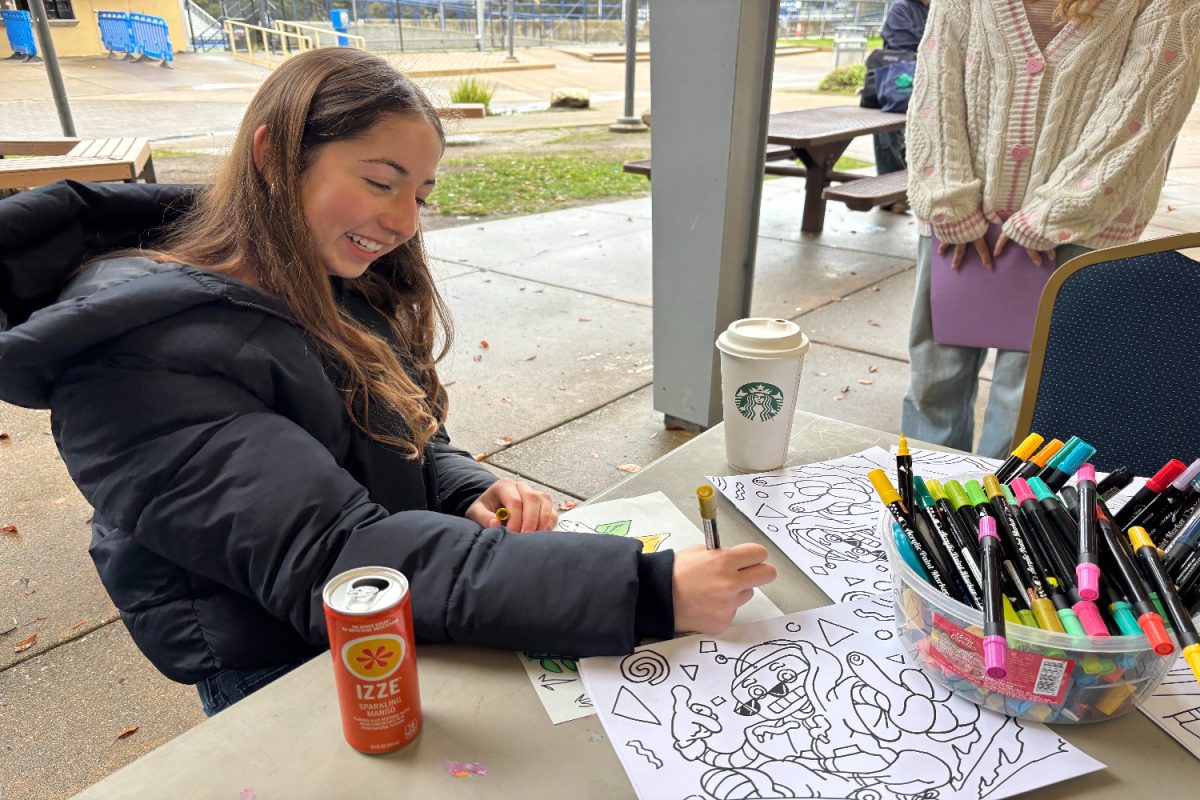Every two seconds, someone in the United States needs blood, and just one donation can save up to three lives.
Carlmont hosts two annual blood drives, one in the fall and one in the spring. These blood donation events help save many lives, and the students that participate contribute to the total of 6.8 million people that donate in the United States every year.
Donors of the blood drive must meet specific requirements—age, height, weight, and possible medication. The minimum age requirement for donation is 16 years old, and parents must sign a parental consent form.
“Medication and iron levels are a huge restriction,” said Mia Khouri, an Associated Student Body (ASB) Do Something Commission member. “There are also weight and height requirements and restrictions on places you travel.”
ASB’s Do Something Commission announces the annual blood drive and focuses on other service activities.
“We do anything related to serving the community,” Khouri said.
According to Khouri, ASB hosted sign-ups in the quad during lunch for two weeks prior to the blood drive. They verify that the students who sign up are qualified and set a time and period to donate.
Sophomore Zoe Wodarczyk signed up this year, despite it being her first time donating at school.
“I chose to donate this year because I have had blood drawn before,” Wodarczyk said. “I thought it might’ve been cool to save lives.”
This year, Carlmont is working with Vitalant, a non-profit organization that collects blood from volunteer donors. Carlmont assists by providing a space like the Student Union to lay out all the necessary supplies for a successful blood donation event.
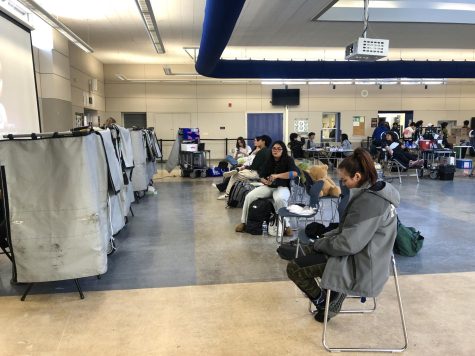
“We are part of the second largest blood bank in the country, second only to the American Red Cross,” said Mario Tello, a medical technician staff member at the donation site.
Multiple stations were set up in the Student Union with at least one staff member ready to draw blood.
The process of drawing blood consists primarily of safety screening, which ensures that the donor’s blood is eligible to be donated.
“We screen donors prior to their donation to make sure that their base vitals, height, weight, and most importantly, iron, are within range,” Tello said. “Then, we do a preliminary screening of their health history, which consists of 47 questions.”
According to Tello, the amount of blood drawn from a person depends on their height, weight, and age. It ranges from 460 to 530 milliliters.
“This blood will get sent to one of our labs in Sacramento,” Tello said. “From then, as long as everything is cleared, it will be distributed up and down northern California.”
After drawing the blood, the donors stay on site for a few minutes to ensure no side effects occur. Some people may experience nausea and dizziness, so it is essential to be monitored subsequently.
“Blood drawing isn’t something super fun, but I think it’s helpful for the community,” Wodarczyk said.

